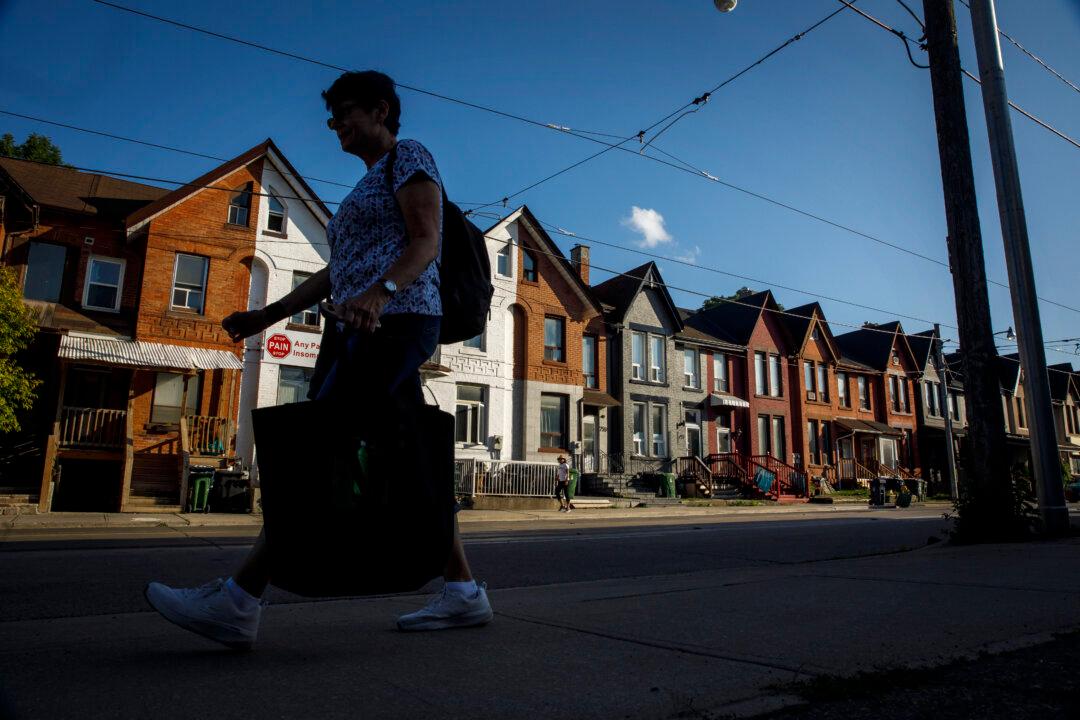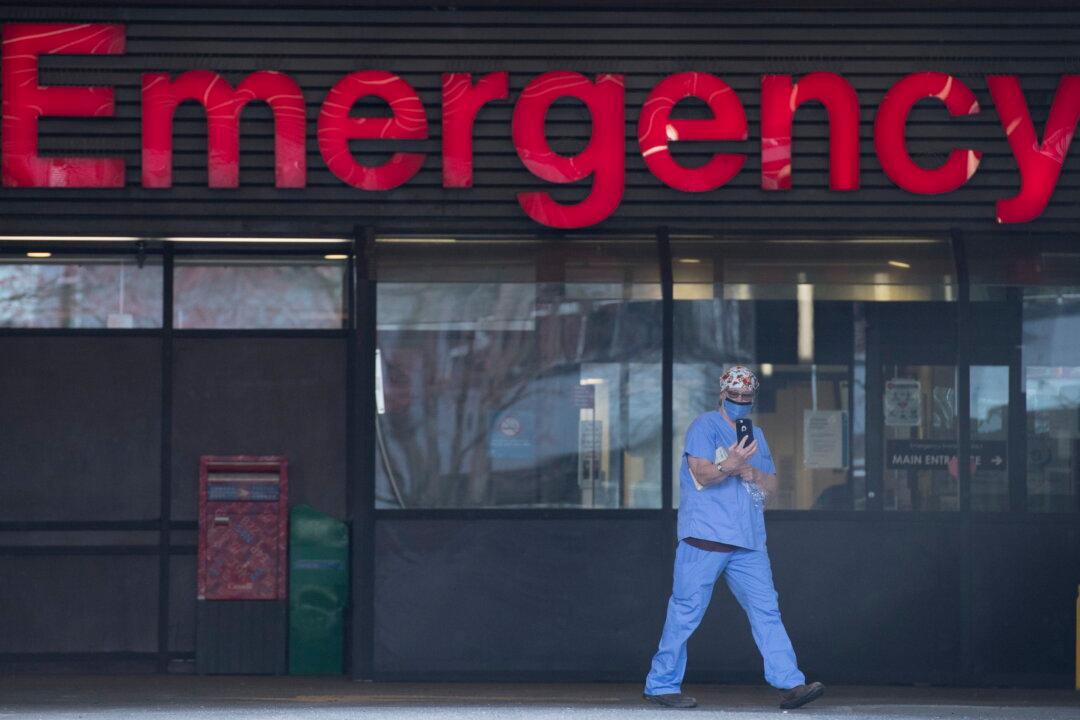The average profit margin for a Canadian landlord is 8 percent, the Commons human resources committee heard Thursday.
Attendees at the July 13 meeting struggled to agree on the best way to expand the national housing inventory, according to Blacklock’s Reporter.





